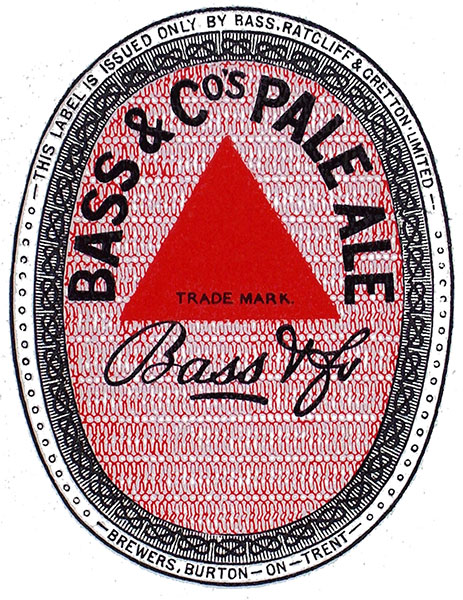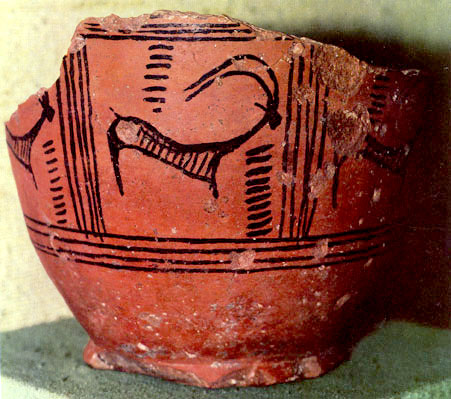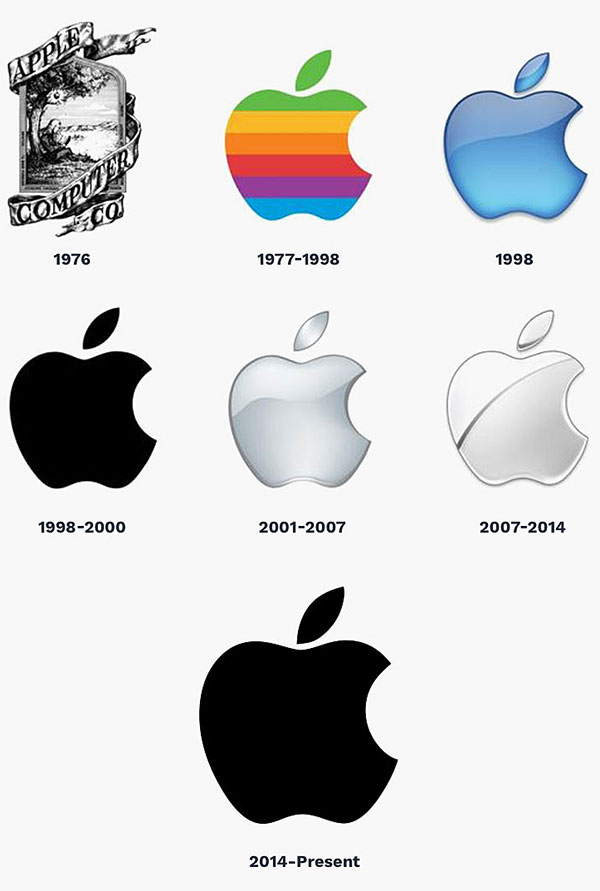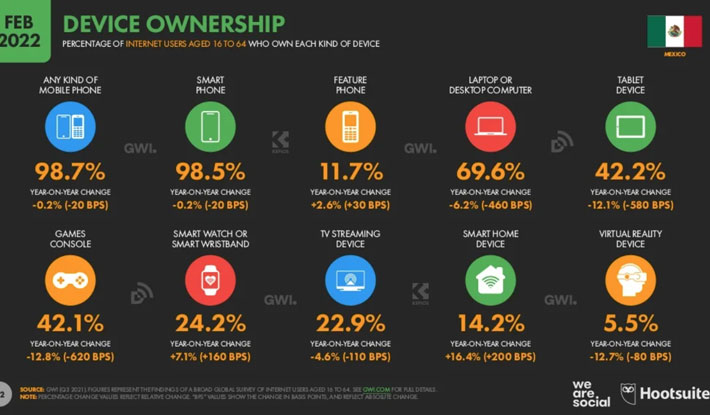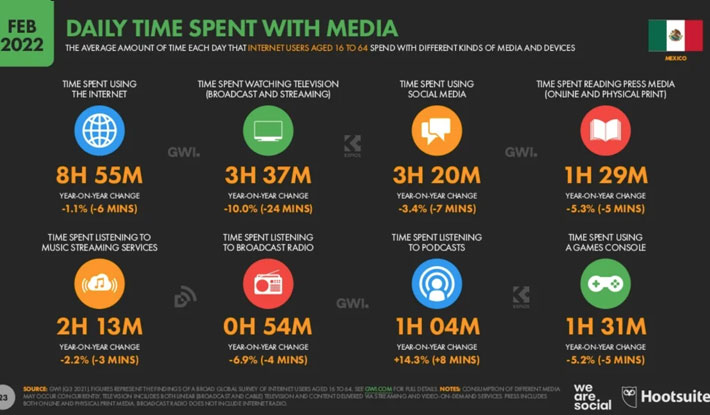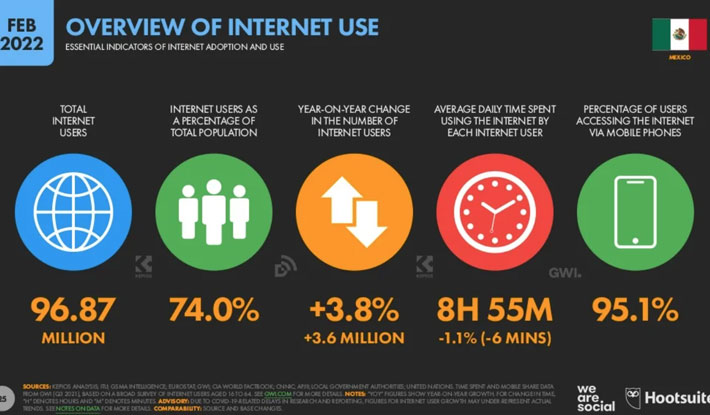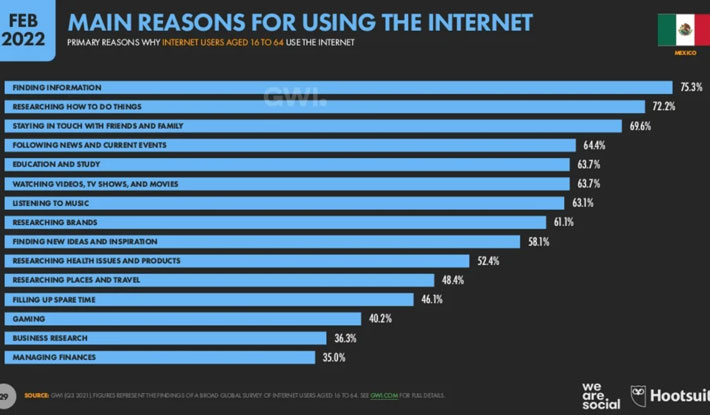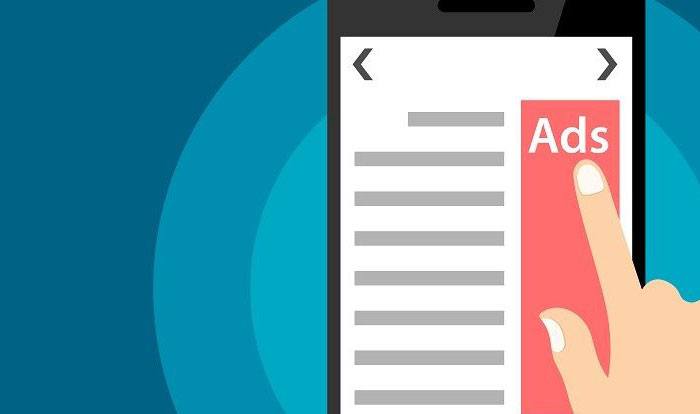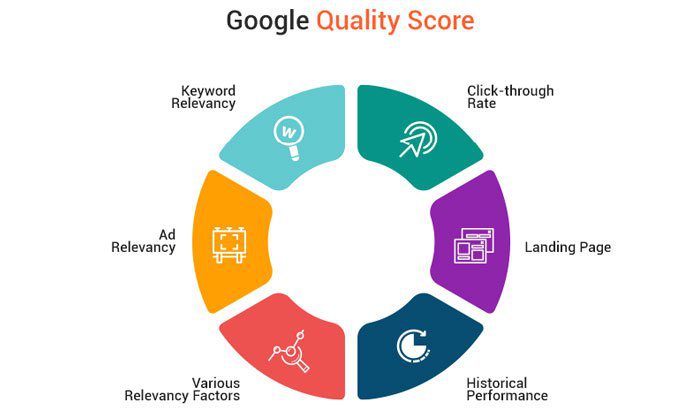
The importance of brands in business
People talk about brands, the one they buy, the one they don’t like, or refer to their business as “my brand”. Few, however, have a deep understanding of their strategic and operational implication in the success of businesses and organizations.
Why are brands essential in business?
Because in them is kept the memory of what the companies generated in their customers as:
- Useful communication
- A good service experience
- A memorable experience of use or care
- An informative post-sale service
A good memory reinforces the behavior and the possibility of being recommended.
In a simpler way: good businesses build great brands, and growth.
Bad brands, the result of companies that did not know how to understand or serve their market, are the insignia that distinguish them in failure.
According to Clamor Gieske, there are seven main reasons why brands really matter:
1.- Brands and reputation protect consumers
Branding, creating impressions and reputation, the resulting impression, is a system that allows the consumer to have affinity or repulsion for a company’s services or products.
A company constructively focused on developing, innovating and generating better deliverables creates more loyal customer bases, who do business with the company for longer, and who are willing to pay higher prices for the certainty of better results.
2. Strong brands drive stock performance and can be measured.
When a company performs outstandingly well, everyone around it benefits: shareholders, management, employees and customers.
In addition, companies with strong brands tend to be more resilient to economic swings, giving them more reliable demand predictability and a more stable outlook.
And in public companies it is very clear, when comparing the total value in the market against the value of their fixed assets.
3. Brands offer more choice and ensure competitive economics.
In an open economy, where there is little or no government intervention, the competition that differentiates the different brands helps to easily assess the differences between one brand and another.
In addition, brands help to generate a market on more differentiators than just price, such as quality, innovation or reputation.
4. Brands allow the economy to adapt faster and grow more.
Markets are a constant flux that accelerates with technological change. Brands help faster adaptation and more dynamic responses between buyers and sellers.
And it’s not just because brands simplify purchasing choices; they also play an educational role, helping to reduce uncertainty. Brands often generate interest and excitement for new products or services, helping to break down barriers in stagnant or protected markets.
In general, brands contribute to the process of adaptation and growth in competitive economies.
5. Brands accelerate growth across geographic and cultural boundaries.
Brands help cross borders more easily. Global brands are great assets for their countries.
Brands are vital for success across borders and are a significant source of international competitiveness, because they help transcend cultural boundaries as long as their language is “international”.
6. Strong brands benefit everyone
Brands are not only central to consumer products but also to companies that sell to other companies and service providers. They help non-profit organizations, governments and tourism to be understood.
A clearly defined brand strategy provides organizations with the foundation necessary to communicate their vision and purpose to their stakeholders: consumers, prospects, shareholders, legislators, business partners, employees and competitors.
The role of brands goes beyond visual identity, but rather they are guides that drive business performance in a myriad of facets.
7. Brands ensure that companies are accountable for their actions.
A well-managed brand has high exposure and engagement that can be reflected in more sales, but this high visibility makes companies more visible but also more vulnerable.
Today, businesses and institutions are under increased pressure to be transparent in order to maintain a higher brand value.
Brands help ensure that companies are accountable for their actions.
Companies with the best-known brands are widely scrutinized and examined by consumers, journalists and the general public to verify whether they comply with the law.
Closing
There was speculation that the growth of digital technology and the Internet would have a diluting effect on the power of brands, but this has not been the case; on the contrary, some of the most valuable brands in the world such as Apple, Google, Microsoft and Cisco have increased their value and influence in the market.
Brands are symbolic artifacts that connect directly with people’s feelings, emotions and ideas, which can lead to higher sales and commercial influence in the markets.


